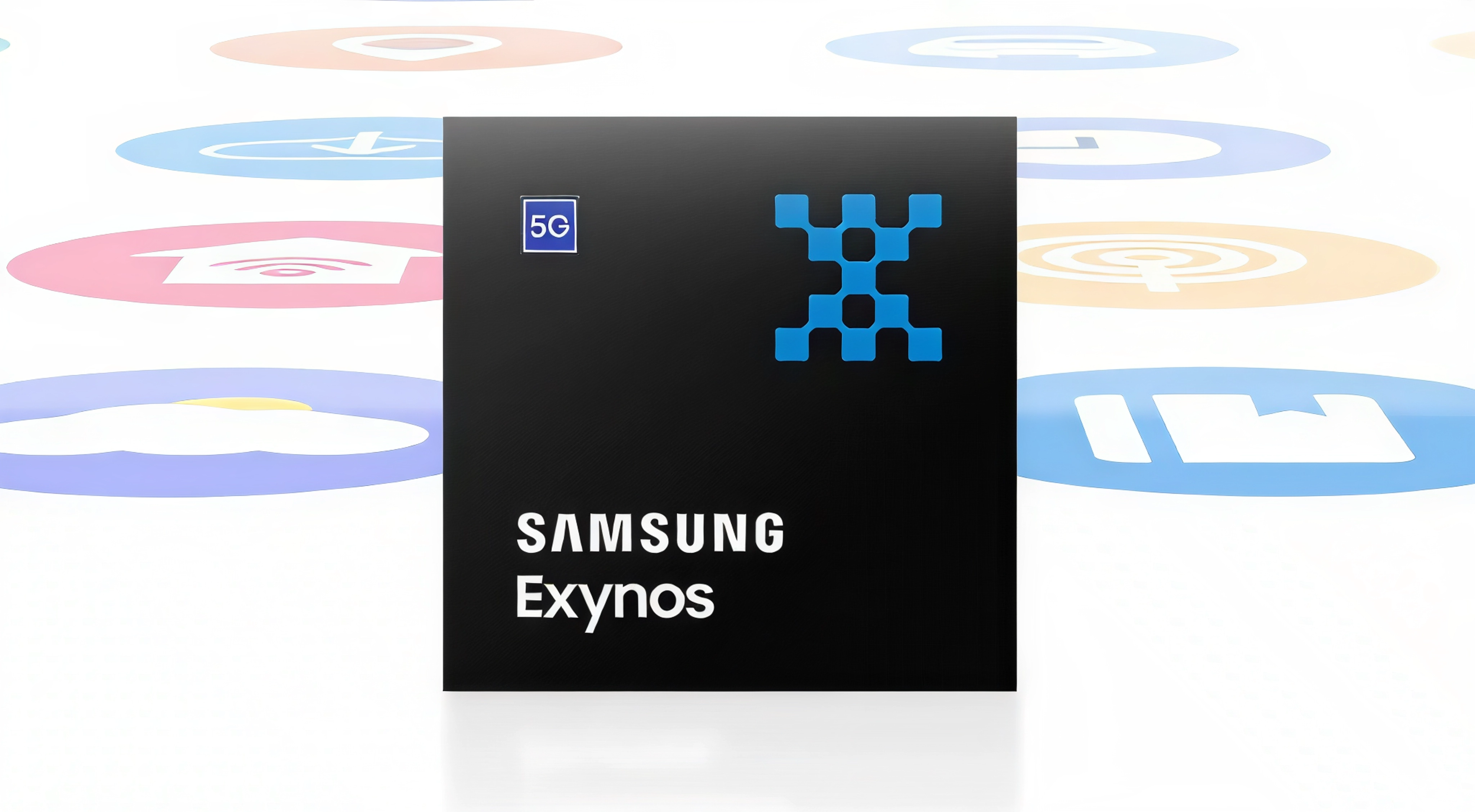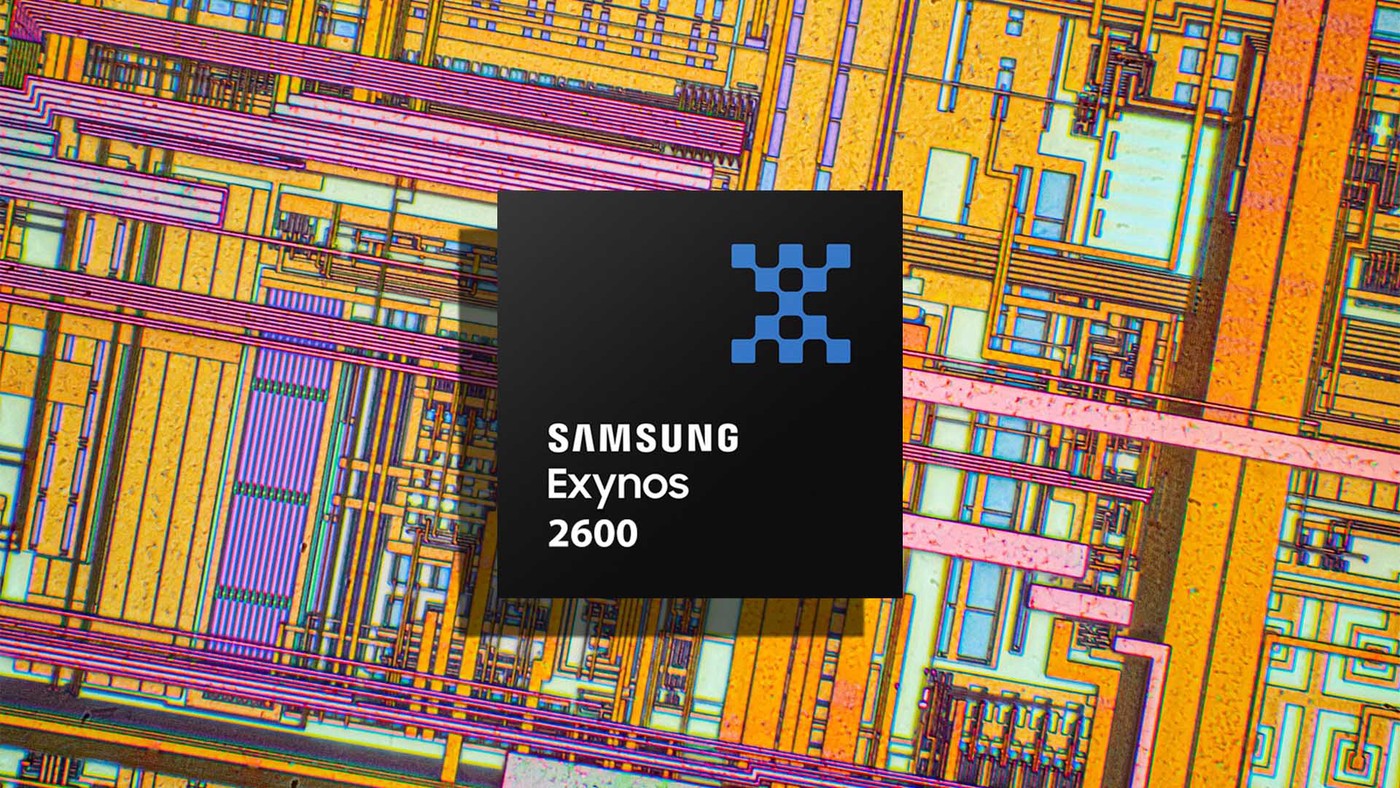Samsung’s long-awaited comeback in semiconductor innovation is finally here. The company is preparing to unveil its Exynos 2600, the first system-on-chip built on its 2nm Gate-All-Around process. This next-generation chipset marks a bold new phase for Samsung’s mobile technology, setting the stage for the upcoming Galaxy S26 series to compete head-to-head with Qualcomm’s Snapdragon 8 Elite Gen 5 and MediaTek’s Dimensity 9500.
The Power Of 2nm GAA Technology
The transition to 2nm GAA represents a massive milestone for Samsung’s foundry division. Compared to the previous 3nm node, the new 2nm process promises a 12 percent boost in performance, a 25 percent improvement in power efficiency, and a 5 percent smaller chip area. The GAA architecture enhances transistor control, reducing power leakage and improving thermal management, making it ideal for compact flagship devices.
Samsung has also integrated Backside Power Delivery (BSPDN) into the process, further optimizing energy use and allowing greater performance headroom. This innovation puts Samsung in direct competition with TSMC’s advanced chip designs, showing that the company is serious about reclaiming its place among top semiconductor leaders.
Performance And Efficiency Improvements

Benchmark leaks have revealed that the Exynos 2600 uses a 10-core CPU configuration, arranged in a 1+3+6 cluster. The main performance core runs at 3.80GHz, with high-power cores at 3.26GHz and efficiency cores at 2.76GHz. Early results show impressive performance, with multi-core scores matching a slightly underclocked Snapdragon 8 Elite Gen 5.
Despite the power increase, Samsung has focused on maintaining efficiency. Thanks to refined thermal architecture and improved power delivery, the Exynos 2600 manages to push performance without significantly raising heat output or battery consumption.
Tackling Overheating With Heat Pass Block Technology
Samsung is addressing one of the biggest concerns from previous Exynos generations — overheating. The company is implementing its new Heat Pass Block (HPB) system, which functions like an integrated heatsink within the chipset package. Combined with the Fan-Out Wafer Level Packaging (FOWLP) method used in earlier models, the HPB helps maintain stable temperatures during sustained workloads.
Reports suggest that Samsung may also adopt an aluminum frame for the Galaxy S26 series, inspired by Apple’s latest design approach, paired with a larger vapor chamber to ensure even better heat transfer.
AI Performance And Neural Processing
The Exynos 2600 is expected to feature a significantly upgraded Neural Processing Unit, enhancing on-device AI performance for tasks like image recognition, real-time translation, and generative applications. Samsung claims this new NPU will deliver one of the biggest performance jumps in Exynos history, setting a strong foundation for the company’s AI-powered One UI ecosystem.
Potential Debut In The Galaxy S26 Lineup

Samsung’s traditional launch strategy suggests the Exynos 2600 will debut before the Galaxy S26 series announcement. Mass production reportedly began in late September, indicating a potential unveiling by December.
While Samsung has relied exclusively on Snapdragon chips for its Ultra models in recent years, this could change with the S26 lineup. Analysts predict that the Galaxy S26 Ultra could also ship with the Exynos 2600 in select regions, signaling Samsung’s renewed confidence in its in-house silicon.
Final Outlook
If Samsung can deliver on its promises, the Exynos 2600 could mark a turning point for the company’s mobile division, bringing power efficiency and AI computing together like never before. With innovations like 2nm GAA technology, Heat Pass Block cooling, and enhanced NPUs, Samsung appears ready to take the fight back to Qualcomm and TSMC in 2026.
Follow Tech Moves on Instagram and Facebook for more updates, insights, and stories from the world of technology, innovation, and chip advancements.














